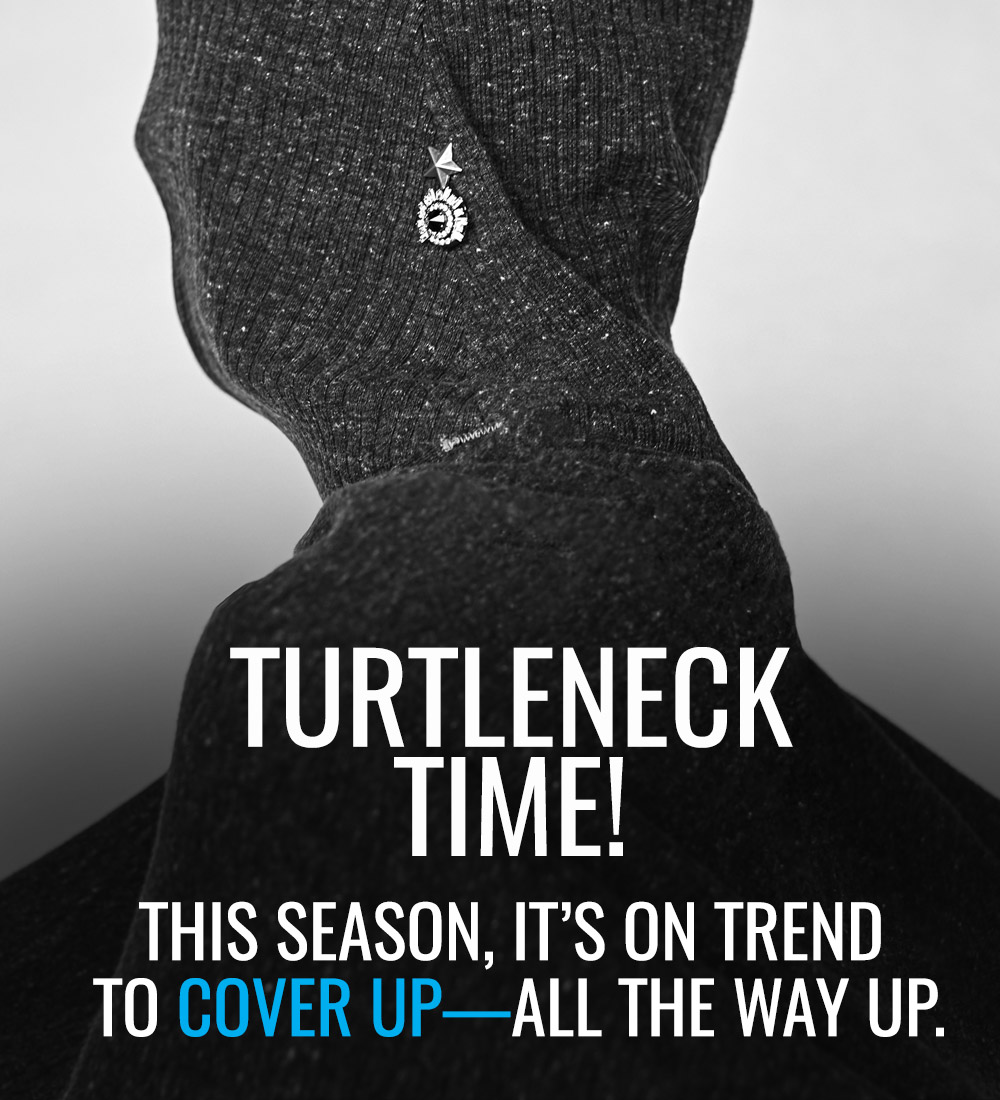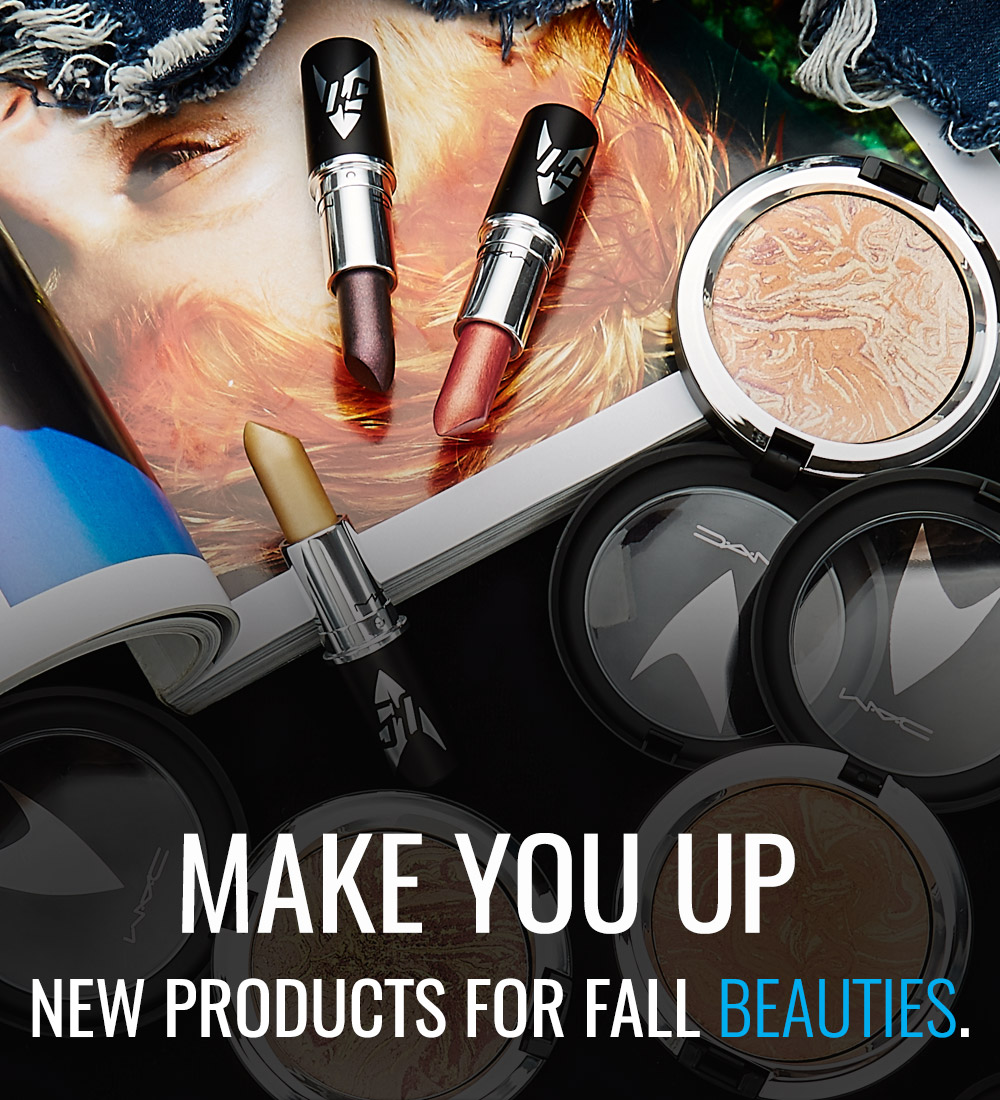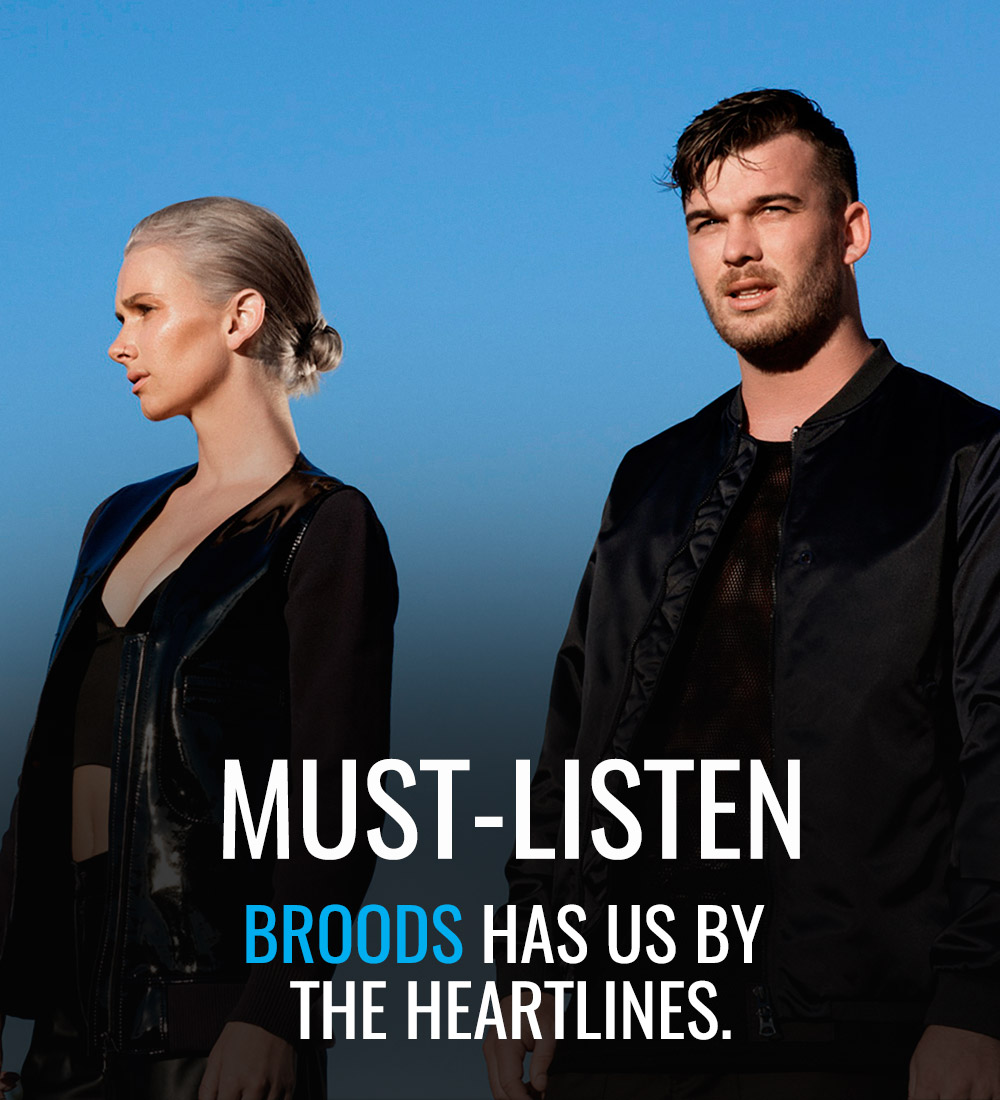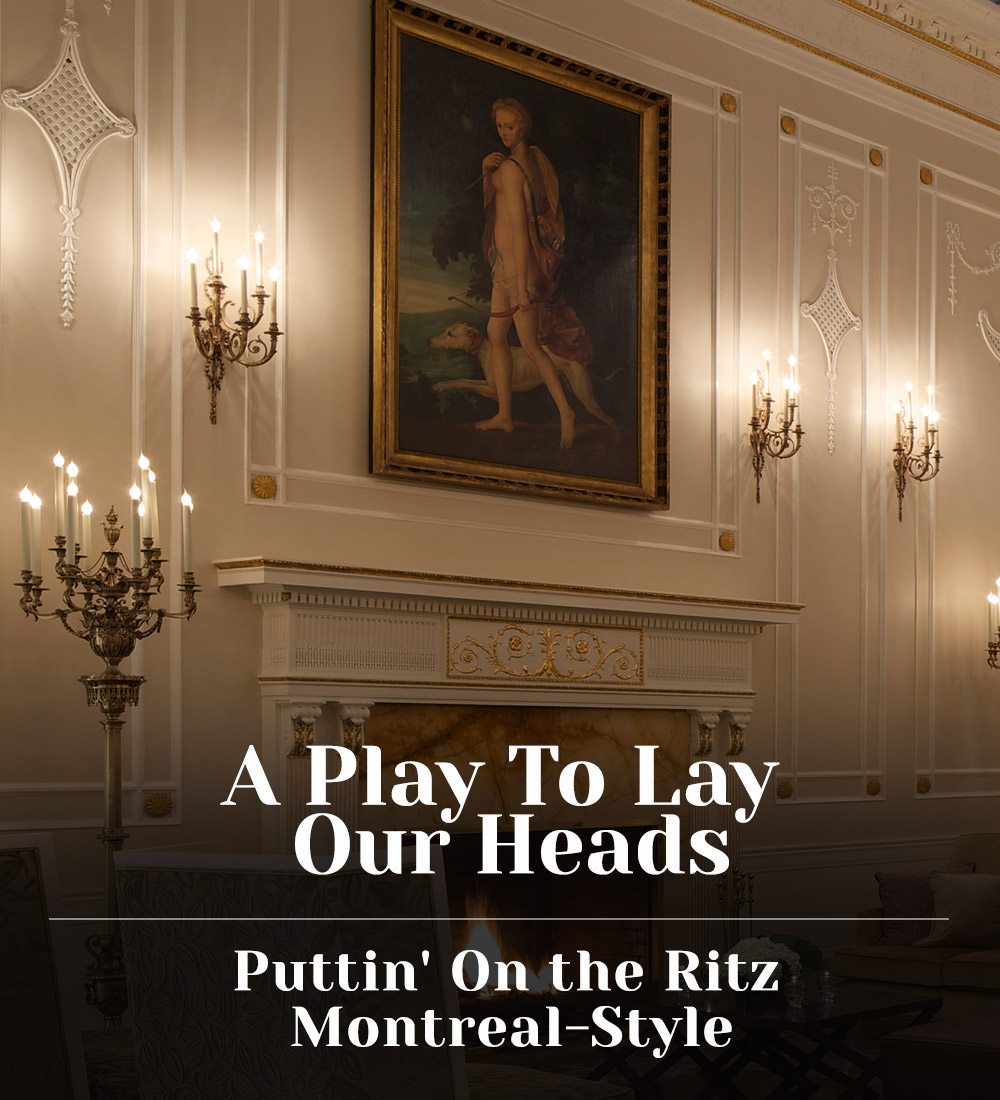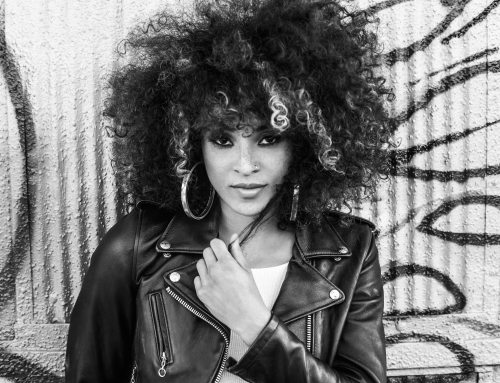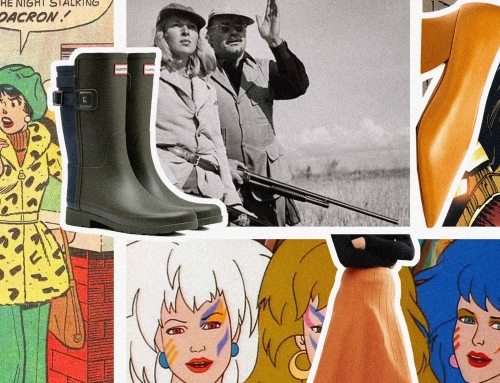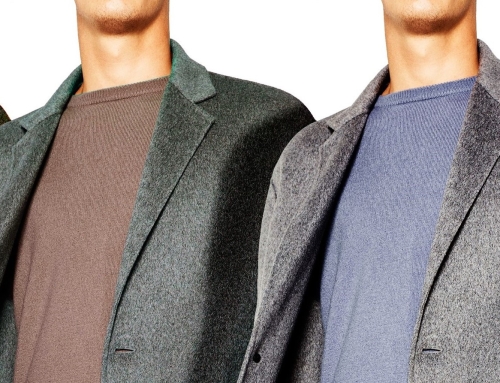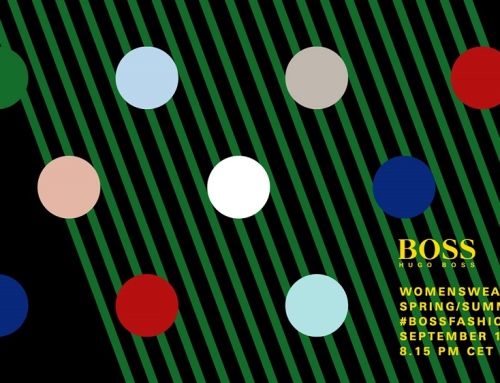When designing his playful mini-collection for the FW12 line of Lacoste L!ve, illustrator Micah Lidberg sought out to express the label’s wild side…so to speak. Showcasing scenes of nature, as you would never behold on The National Geographic Channel, Lacoste’s iconic crocodile logo is immersed in Lidberg’s interpretation of its natural habitat. Illustrated waterfalls and mystical creatures from prehistoric times fill the artist’s prints, rendering a creative collaboration that adds funk and colour to your basics.

Lidberg, whose name holds a place on the artist roster of uber hip creative agency Hugo & Marie, first began garnering buzz when he launched his online portfolio in 2007. His fantastical dreamlike illustrations were immediately observed and subsequently gushed over by bloggers. From there, art became a full-time career, and today Lidberg counts illustrated works featured in Good, Wired, and Nylon magazine, and collaborations with musicians on album art and fashion brands on visual representations of their collections, excerpts from his expanding portfolio.
Call him designer or artist, but without argue the works the endless imagination of Lidberg’s creates, are truly art. Below, Lidberg chats about merging fashion and illustration, and how storytelling has been drawn into each of the prints he’s created for Lacoste L!ve.

What inspired your collaboration with Lacoste?
I’ve always loved the creative spirit of nature. I wanted to make something for Lacoste that was wild and unapologetically alive. The collection is soaked in color, interwoven with stories, and thaws out those childlike feelings of wonder and play.
You definitely get an almost magical sense that anything is possible with the prints. What is it that attracts you to the fashion industry? Is the appeal different or similar to the art industry?
My fascination with fashion is very similar to my attraction to art. I live with one foot in design and the other in art, so I travel the links between them daily. Each has unique nuances to savor, but at the core of both art and fashion is a sense of exploration and discovery. Those are the most exciting and rewarding aspects for me.
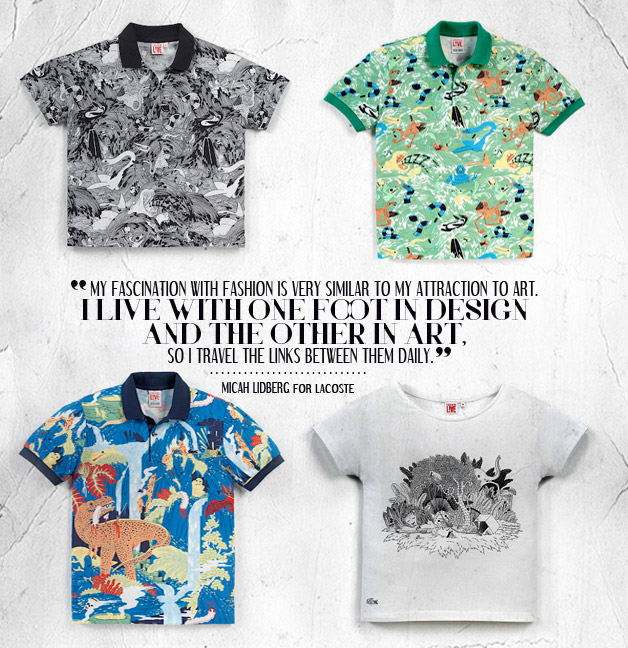
In collaborations like this, do you believe the line between artist and designer becomes blurred to form a unique amalgamation, where one’s creative vision is adjusted to better suit the genre?
Collaborations are always made of ample amounts of give-and-take, and learning curves. At least, good collaborations are. How blurry the boundaries get, and whether some ‘new’ thing is created, depends on the nature of the collaborators and their openness to try different things. I think it’s starting to happen more and more often, and that’s exciting for everyone.
Was that openness there when working with Lacoste’s creative team? Was it you, or the label that had to compromise more during the design process, or was it fairly equal-sided collaboration?
At first, I was a bit timid. I was expecting a label such as Lacoste, rooted in classics, to be somewhat resistant to my exotic dreamscapes and saturated palettes. However, that’s what they wanted most. I feel very fortunate, as not all collaborations are that symbiotic and open.
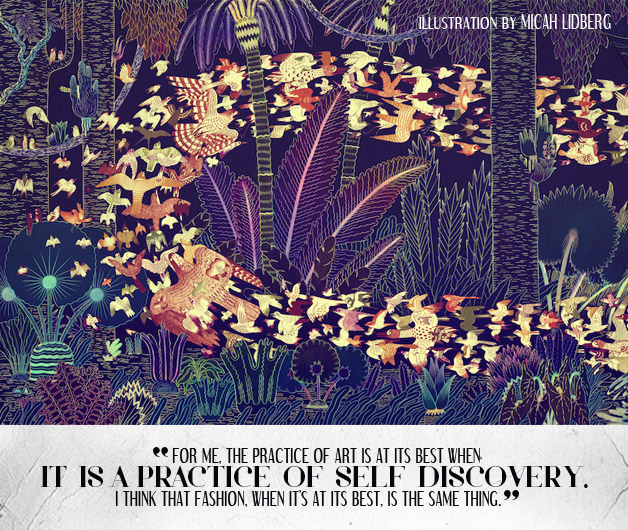
What are your views on fashion as a form of art, in other words, when does it become art, or do you not believe fashion ever crosses over into the realm of art?
For me, the practice of art is at its best when it is a practice of self discovery. I think that fashion, when its at its best, is the same thing. Pure fashion and art often get compromised by various of things — commercialization, logistics, deadlines — but there are always moments where something transcends all of that, bursts on to the scene, and reminds us how incredible and fantastic life can be. I think when fashion does that, it is art.
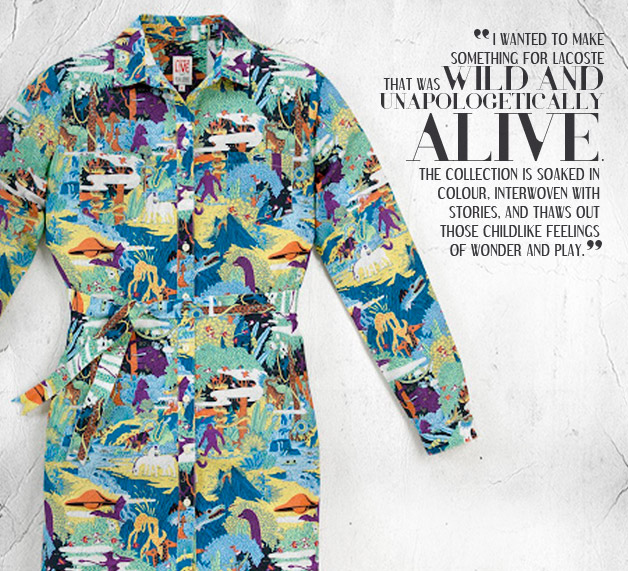
That transcendence is rare, but incredible when it does happen. I can see it in your work. As an artist, what is your opinion on fashion exhibits that are displayed in art museums? Does fashion have a place in galleries?
I’m always a little surprised, and delighted, when I encounter fashion in museums. However, when I see it in a museum, I see it more through the lens of history. It’s as if I’m strolling through an archive of some kind. The shows I’m familiar with tend to be retrospectives. It’s a great way to experience fashion, but I don’t think it’s a direct experience. Fashion, for me, is most alive when it’s pouring down the runway, gracing the spreads of magazines, and evolving in the streets.
Published January 21, 2013



